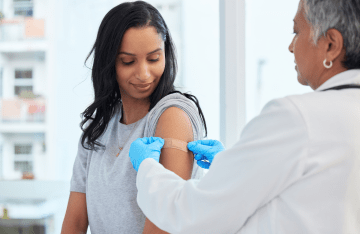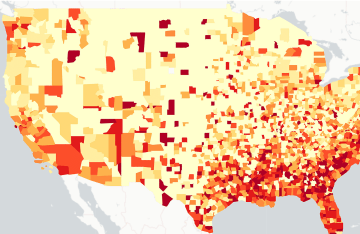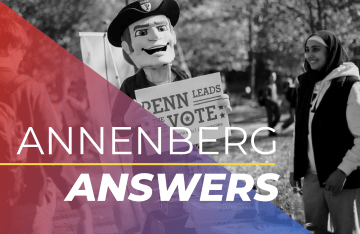Intervention Video from the Peace and Conflict Neuroscience Lab Wins Stanford University’s Strengthening Democracy Challenge
The video reduced anti-democratic attitudes, support for partisan violence, and partisan animosity among 32,000 Americans.
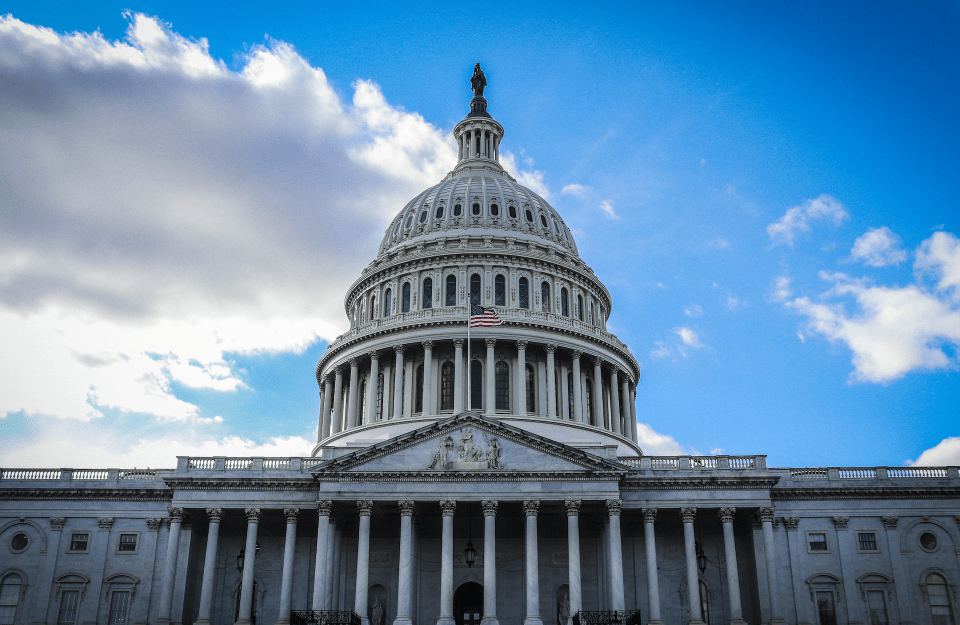
Photo Credit: PartTime Portraits / Unsplash
In a time of extreme political division in the United States, recent research from the Peace and Conflict Neuroscience Lab at the Annenberg School for Communication shows that Americans on both sides of the political spectrum overestimate how much “the other side” dislikes and dehumanizes them.
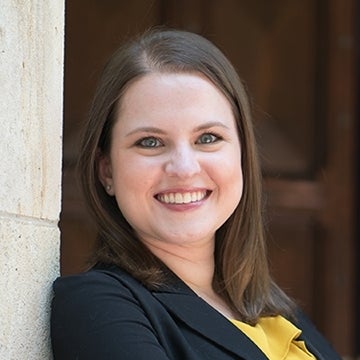
Based on this research, Samantha Moore-Berg, director of the Peace and Conflict Neuroscience Lab, collaborated with scholars from the University of Chicago, University of Illinois Chicago, and Northwestern University, to produce a video designed to correct Americans’ misperceptions about others’ political beliefs and decrease animosity between all political parties.
Last week, the video they created was named one of the most effective tools to reduce anti-democratic attitudes, support for partisan violence, and partisan animosity among Americans in a contest held by Stanford University’s Polarization and Social Change Lab — the Strengthening Democracy Challenge.
The competition asked researchers, activists, and community workers to design interventions that could bridge the political divide between Americans and promote healthy democracy in the U.S.
Out of more than 250 entries from around the globe, Moore-Berg and colleagues’ video was one of 25 finalists chosen to be tested on an audience of 32,000 Americans representative of the U.S. national population.
In the video, Democrats and Republicans are asked to rate their own views on hot button issues, like immigration, and then are asked to guess what the average member of the other party would assume that they would answer.
Click here to watch the whole video.
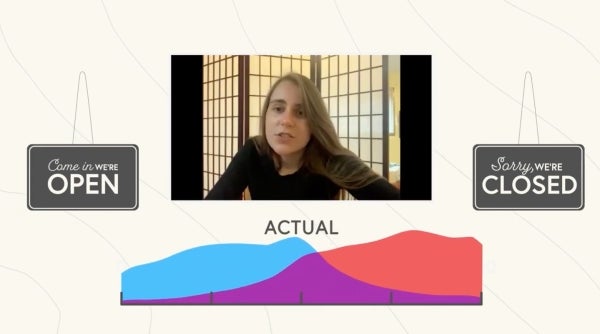
When the answers, taken from previous survey data, are revealed, participants are surprised by how wrong their assumptions were. “There’s so much more overlap [in our views] than I think we realize,” one participant says.
Among all of the interventions tested, the video was the most effective intervention to reduce support for political violence and was one of the top five most effective interventions to reduce anti-democratic attitudes and partisan animosity among participants.
“Our team has been deeply concerned about increasing polarization in the U.S., which we know from our past work is in part driven by misperceptions that partisans have about each other,” Moore-Berg says. “The fact that our intervention was so successful at reducing polarization in the Strengthening Democracy Challenge gives us great hope that lessons from the social sciences can help to reduce partisan division in the United States.”
Other contributors to the video include Michael Pasek (University of Illinois Chicago), Rebecca Littman (University of Illinois Chicago), Nour Kteily (Northwestern University), Roman Gallardo (University of Chicago), filmmaker Wayne Price (RoomTone), and the nonprofit organization Beyond Conflict.

